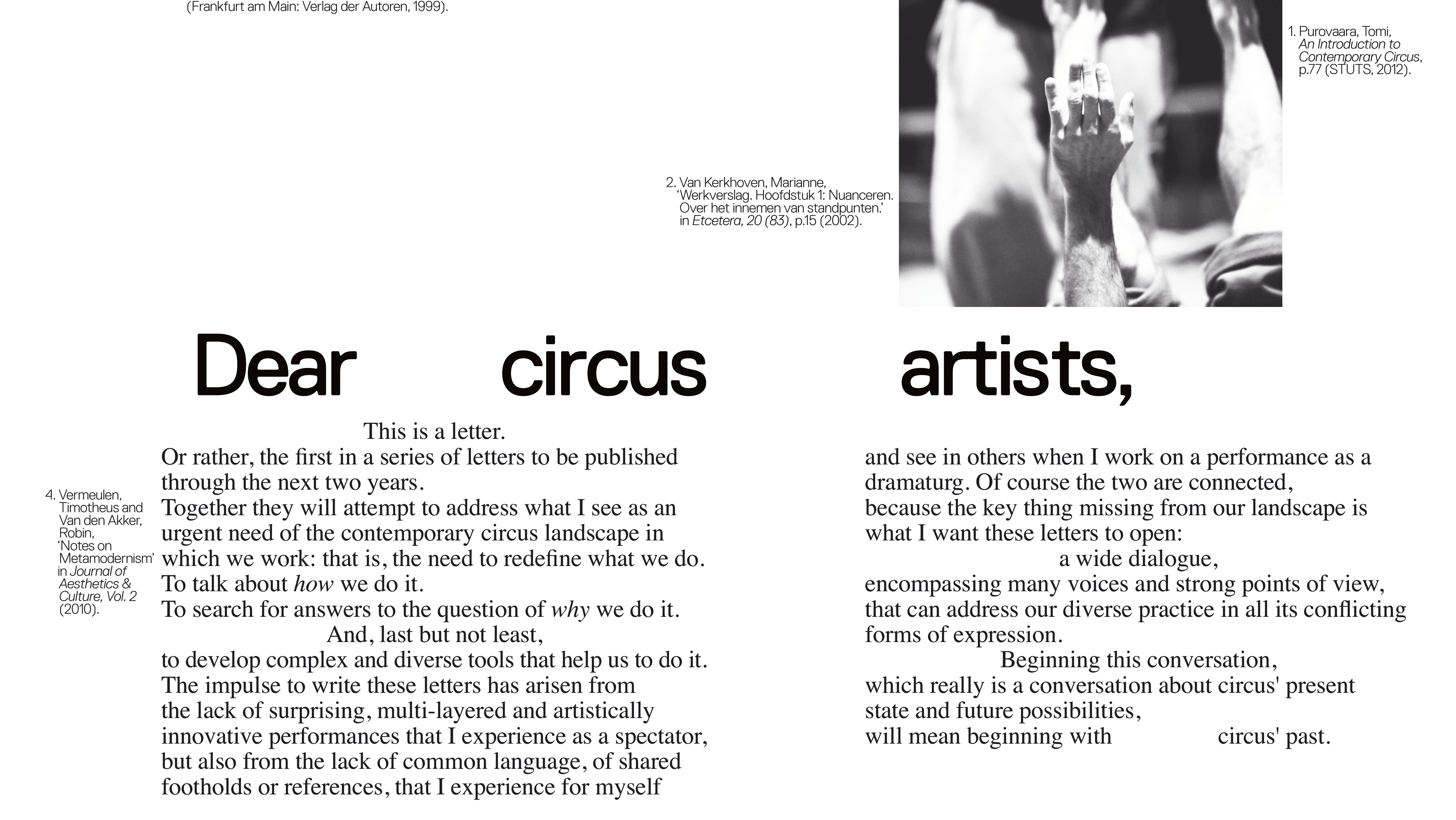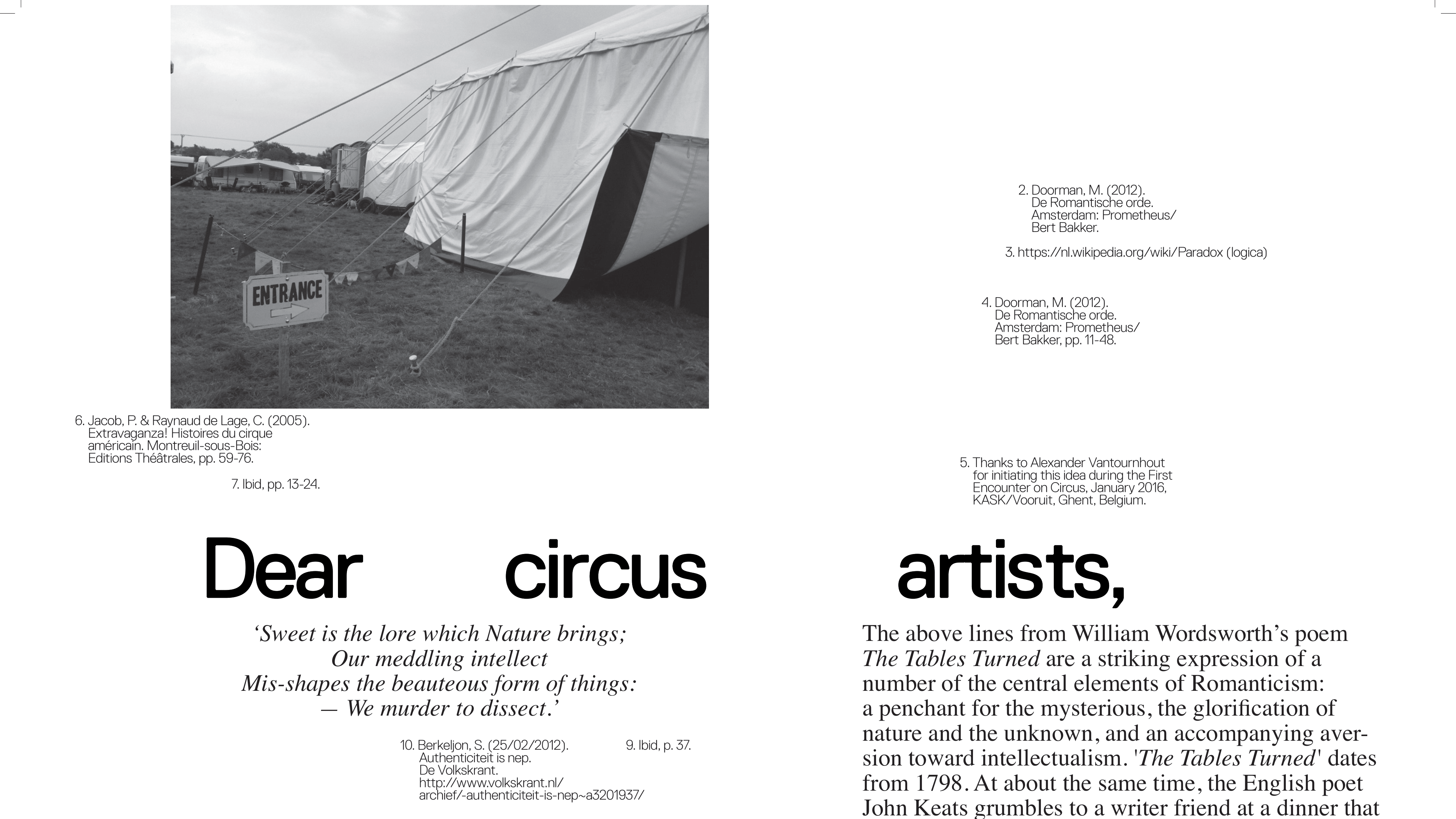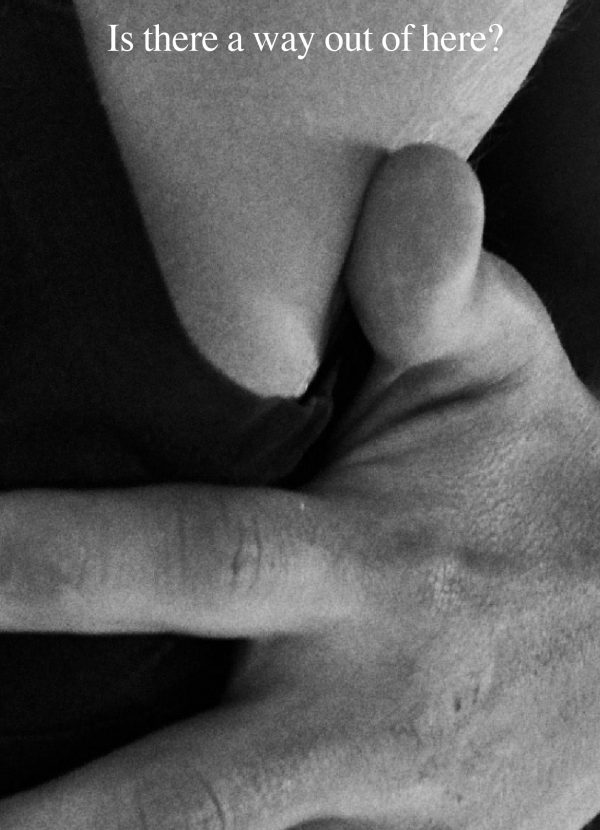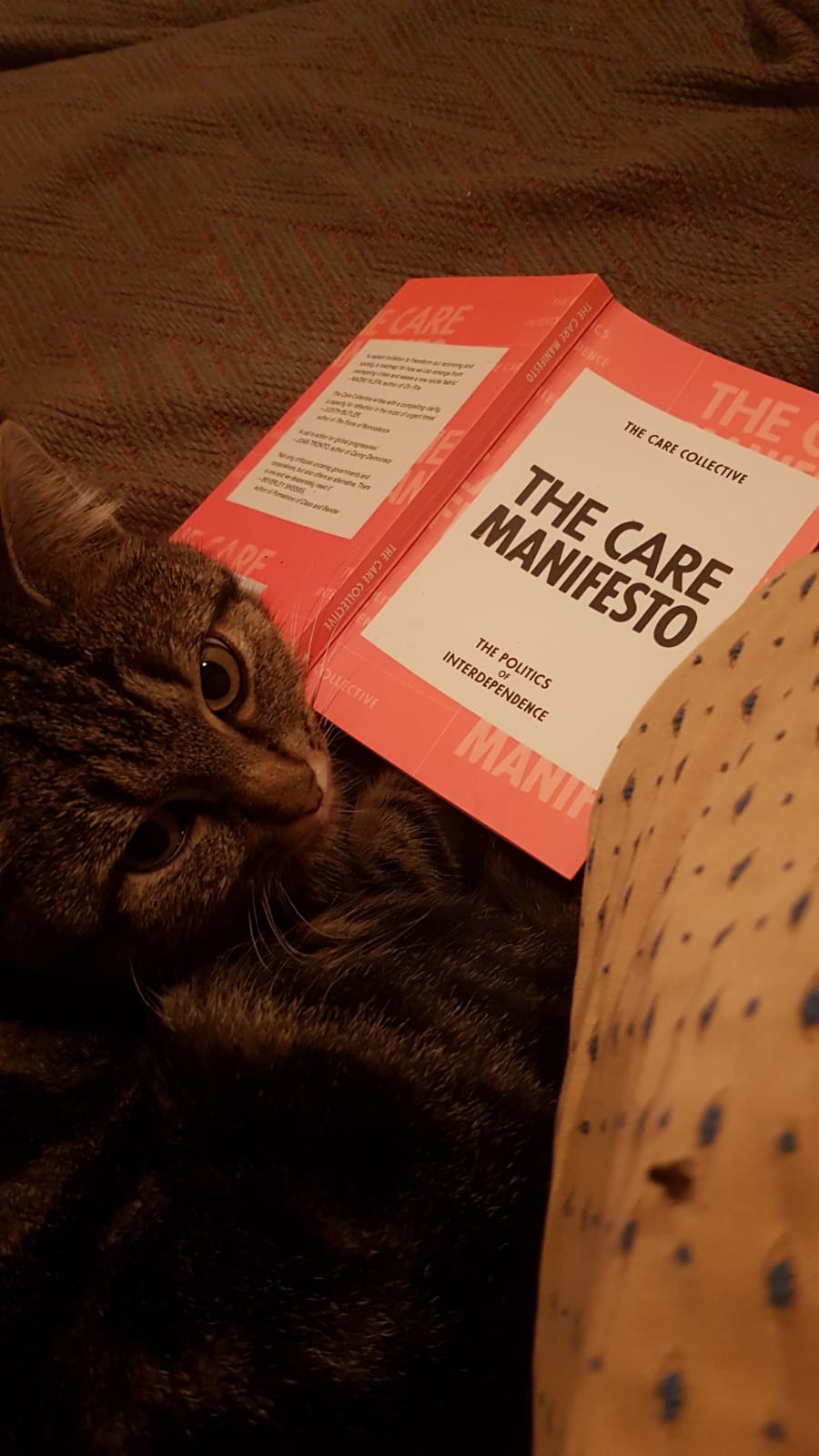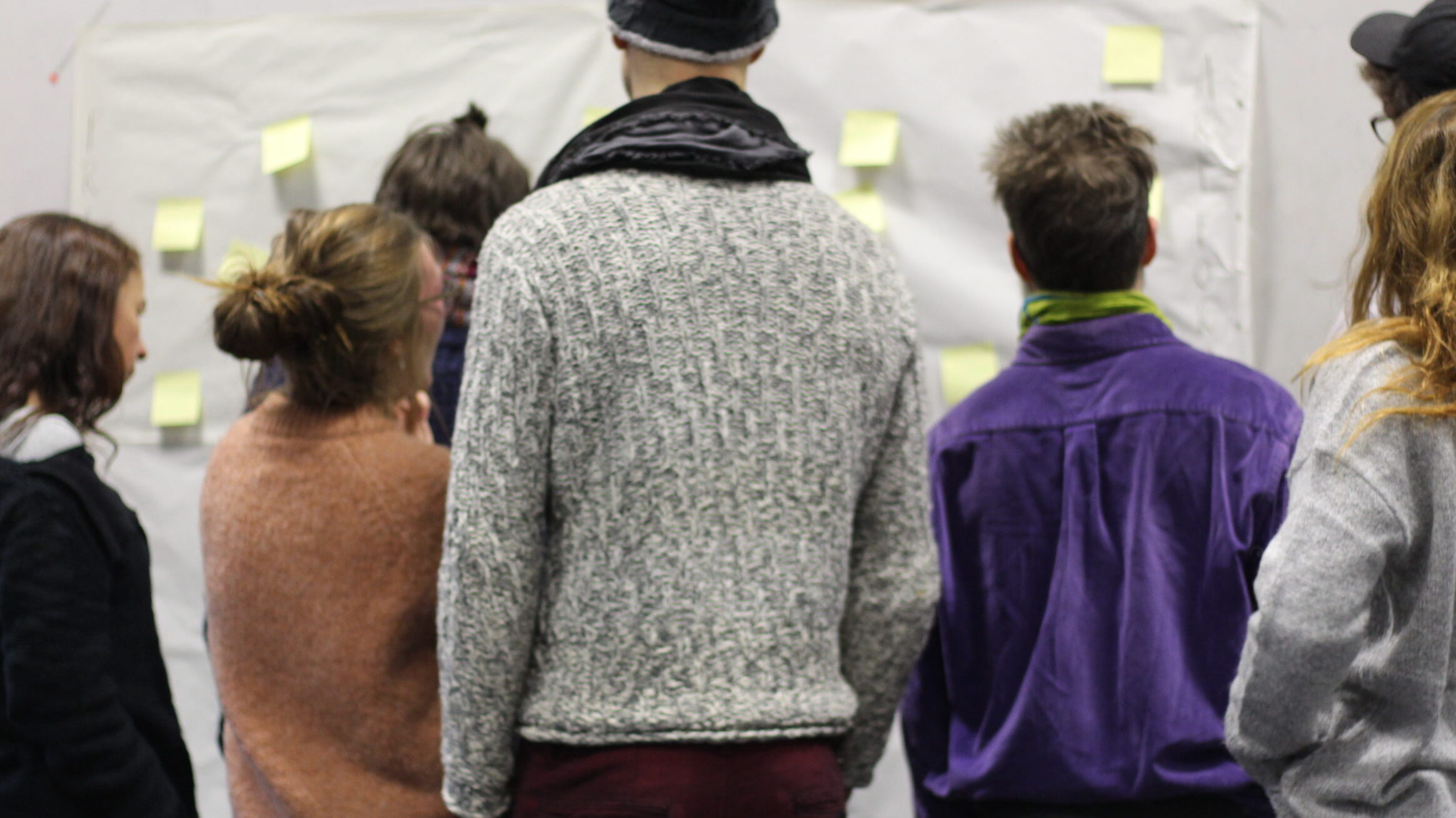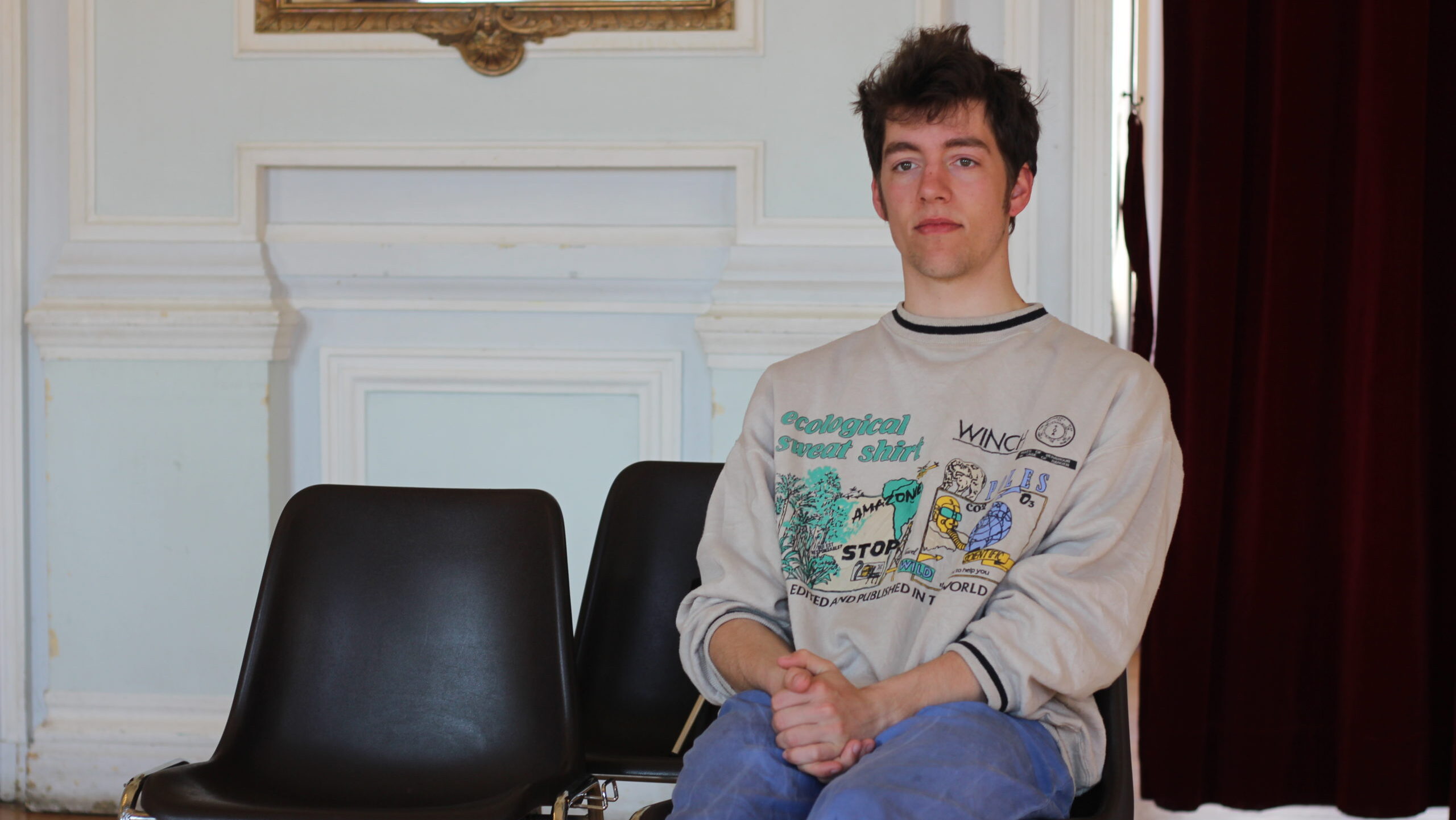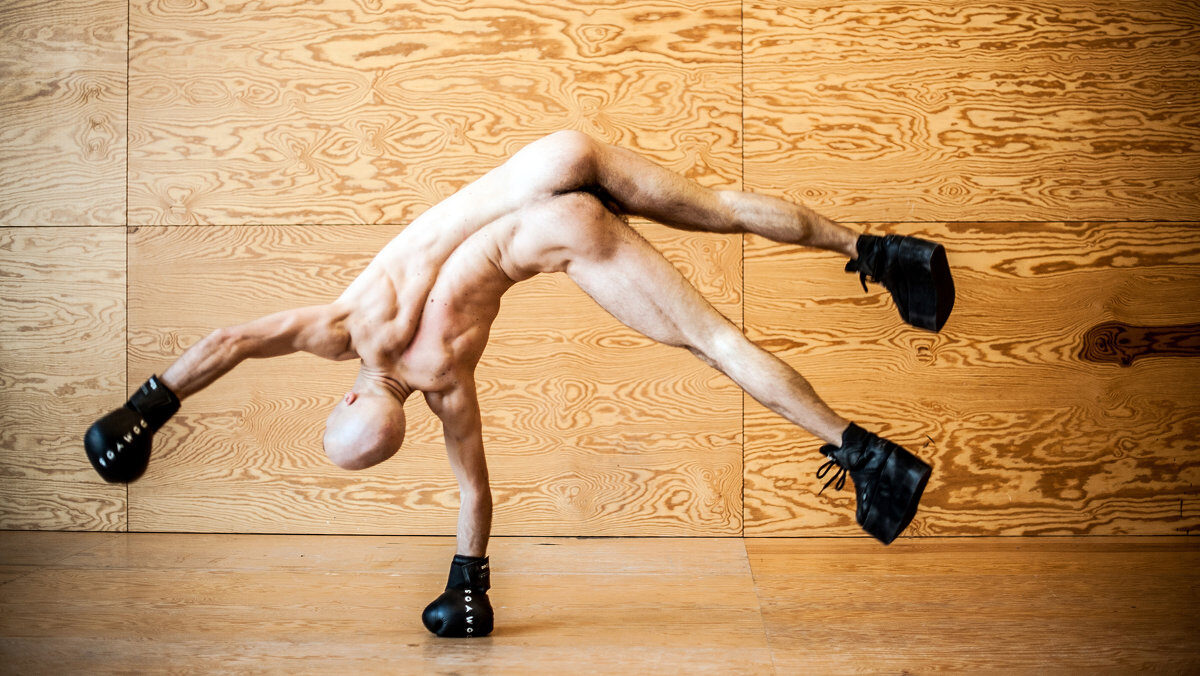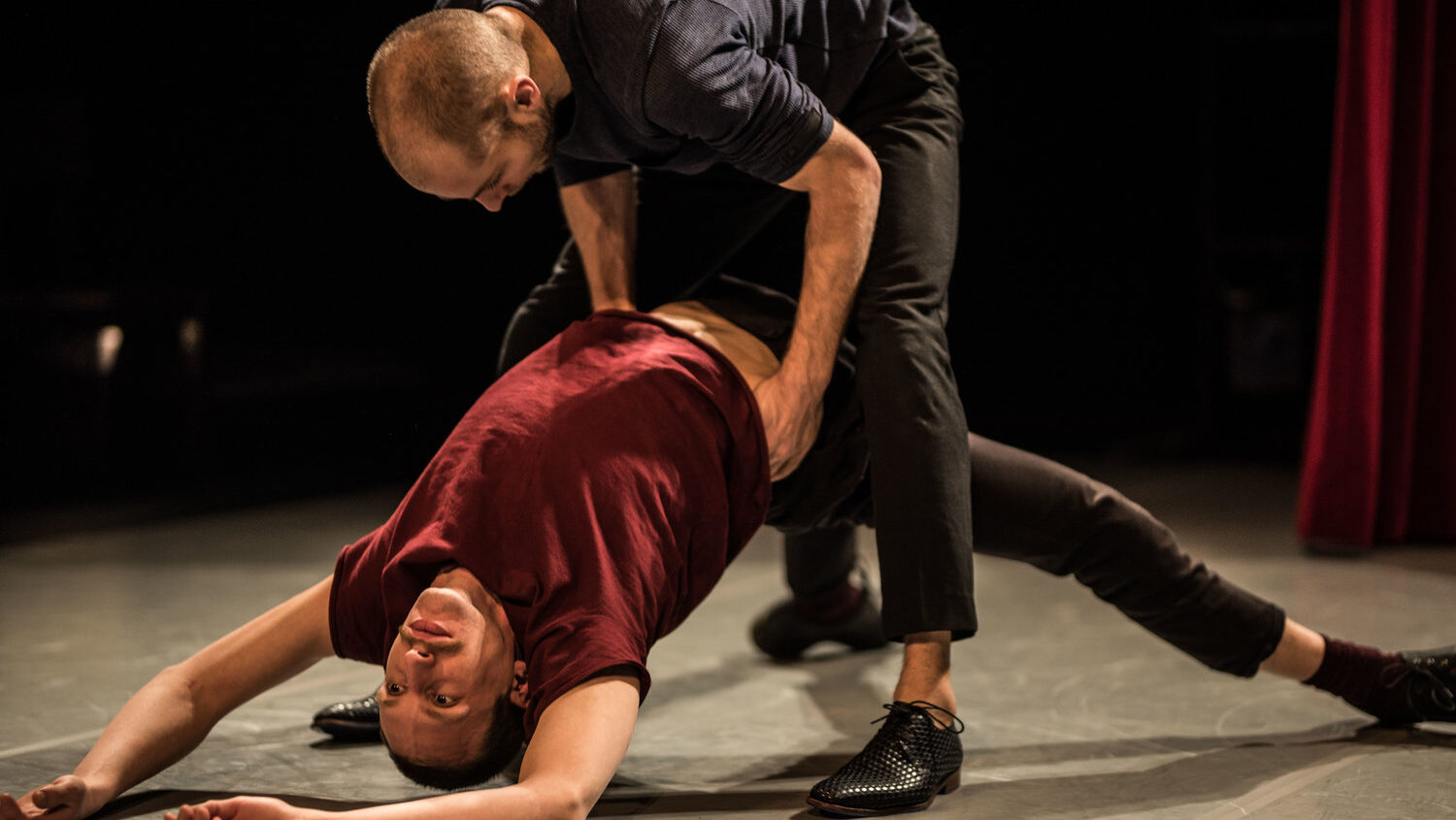Undefined
I already told you that I don’t like to define my work, and that I don’t feel a need to define my work or art or field of working.
So back in 2010, when Jakov Labrovic and I started performing together, the people in the audience told us we were doing ‘contemporary circus performances on the edge’. So we were like, OK. And for me it was the same as if they told us it was a ‘stone age contemporary circus’ – it didn’t really mean anything to me, and that’s because we find our way of creating and we’re not going to change it because we’re imagining some opportunities to present at festivals or get funding.
Also, I don’t think of myself as a circus artist but as an artist with some circus skills. In a few more years though that could change, and what I think about our company is that we are are two artists; we are performing, creating something like an experience of true life or a memory that comes from the inside out. We have a necessity to talk about it and share it with the audience, and that is something that I like when seeing other performances. I don’t see the need to perform or act on stage, and that’s a problem with circus artists because I don’t find the reason why they juggle, or why they are climbing on the Chinese pole.
So what I can talk to you about is why we use circus skills in our performances and how we create and research.
We have three performances now – two are about mental illness, schizophrenic disease, because my colleague’s brother was diagnosed 40 years ago with this disease, and I have some friends that were also diagnosed with the same illness; and the third performance was about post-traumatic stress in war, because we live in a country that has experienced war twenty years ago.
When we were creating our first performance, C8H11NO2, we were thinking about what abilities our bodies should have in order to express this experience on the stage. We figured out it could be acrobatics and contortion, and my colleague found some aspects of contortion that are not so familiar in the circus scene, like dislocation, which is manipulation of the bones and the muscles.
It was our way to create on the stage a human body that is like an incubator for the illness: a body which has those skills of contortion and dislocation was able to present that experience. We didn’t want to talk about illness in a way that was like a documentary; we wanted the audience to enter a universe and have that experience of how it is to be ill and how it is to be a person that has a family situation like that.
So that’s the thing that we are doing now, and I think in a few years it can happen that we completely change our language – maybe I am going to start working with aerial because I perhaps in the future we’ll find that is the set of skills that we need to present something on stage.
In our current creation we’ve found that for us it is difficult to use any kind of props that are from normal life. So for example we use video footage in our performances; it is video footage from different hospitals, because we want to increase awareness about illness and how it is to be in psychiatric clinics, and we want in a way to shock people by showing them how it is to be labelled a mentally ill person and what life is for them. And here we have a problem with using a normal projection screen, the kind you use in school or an office or anywhere else, and so we’re exploring how to build a completely new screen that can also be part of the performance and communicate really well with the artists. We built a huge screen from rubber, and it’s this huge 5m x 5m structure that can move on the stage with us. A normal projection screen feels really fake for us – to have something normal in the completely different, unusual universe of the stage.
I don’t feel like the artwork should be defined too much beforehand, because I feel like that way it becomes a tool for manipulating the audience. I like the audience to create some ideas and images by themselves.


